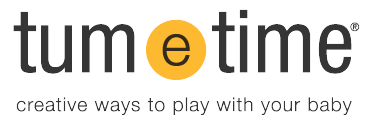This is taken from Midwifery Today:
“The Role of the Shy Hormone in Breastfeeding
There is no breastfeeding without oxytocin, since the milk ejection reflex is dependent on the release of this hormone. The mechanical effects of oxytocin have been well known for a long time, not only for inducing contractions of specialized breast cells during the milk ejection reflex, but also for inducing uterine contractions during childbirth and orgasm, and for inducing contractions of the prostate and seminal vesicles in the sperm ejection reflex. The behavioral effects of oxytocin are also well understood; it is commonplace today to summarize these effects by using the term “love hormone.”
We have still a lot to learn about oxytocin release. However, we have a sufficient amount of physiological and observational data to conclude that the release of oxytocin is highly dependent on environmental factors. The best way to summarize what we already know is to claim that oxytocin is the “shy hormone”: it behaves like a shy person who does not appear among strangers or observers.
This is the kind of knowledge that is not easily digested where breastfeeding is concerned. I have heard many stories of mothers who required guidance to overcome breastfeeding difficulties. The advice they received almost always focused on the position of the baby when latching on. Common recommendations would be different if it were better understood that many difficulties in breastfeeding are related to the release of the shy hormone. Instead of being guided to find the right postures, the mother might be first advised to stay with only her baby in a small dark room with the door closed and the guarantee that nobody will enter. It is well demonstrated that the shy hormone does not appear in situations associated with a release of adrenaline. This implies that the room must be warm enough to make comfortable skin-to-skin contact between mother and baby possible. I know from experience that such simple suggestions can help break a vicious circle during a critical phase of lactation.
An analogy to breastfeeding is possible with childbirth. In the framework of natural childbirth, I have often heard stories of very long and difficult labors. A common comment is, “We tried everything,” when the meaning of this comment is, “We tried a great diversity of postures, nipple stimulation, massage, acupuncture, a birthing pool, etc.” It is not common to hear that the baby’s father, grandmother and second midwife, for example, had been sent away so that finally the laboring woman was left alone, save for an experienced, silent and low profile midwife.
— Michel Odent
Excerpted from “The Role of the Shy Hormone in Breastfeeding,” Midwifery Today, Issue 101″
